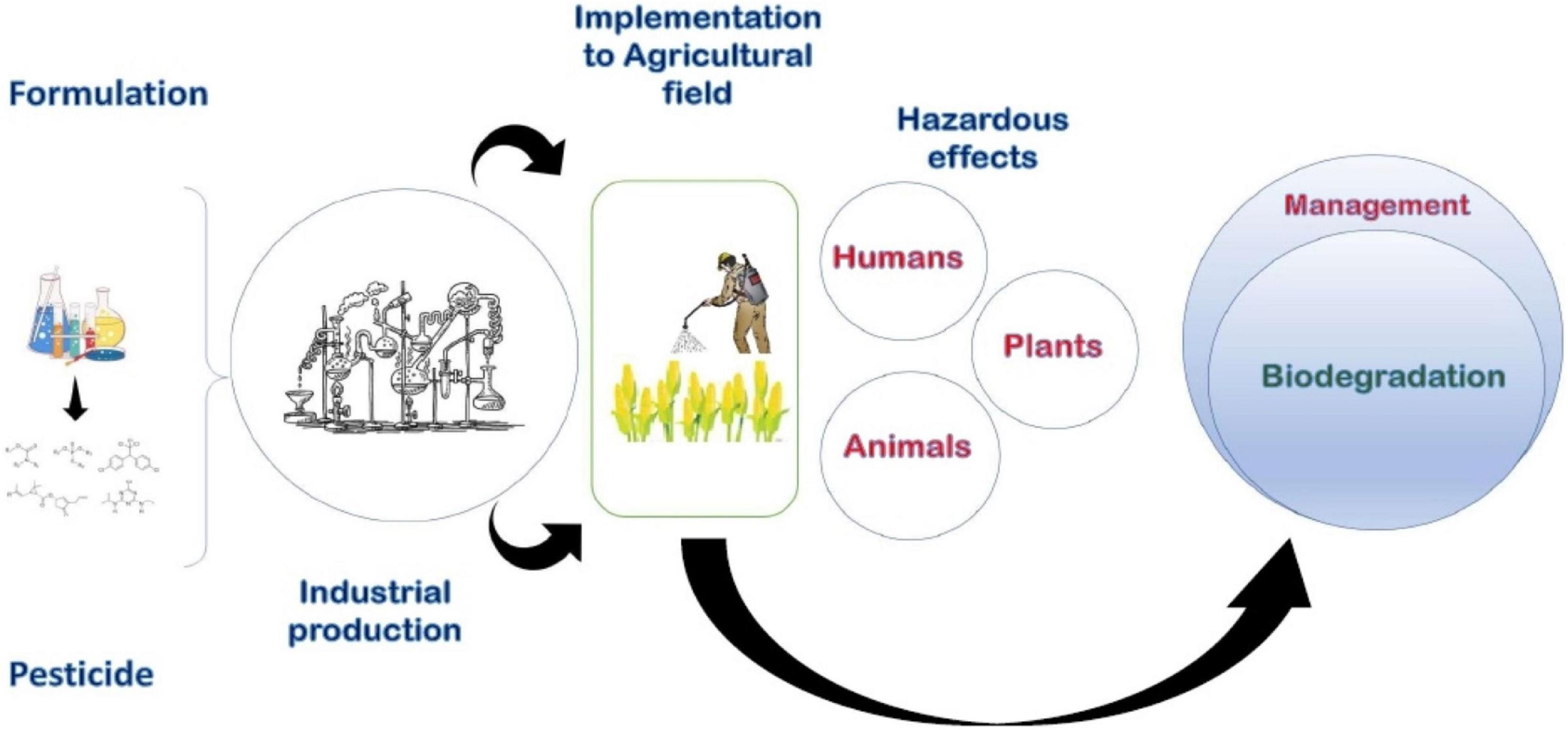Eco Bed Bug Exterminators Dc - The Facts
Eco Bed Bug Exterminators Dc - The Facts
Blog Article
Eco Bed Bug Exterminators Dc Can Be Fun For Anyone
Table of ContentsEco Bed Bug Exterminators Dc - An OverviewEco Bed Bug Exterminators Dc for DummiesRumored Buzz on Eco Bed Bug Exterminators DcEco Bed Bug Exterminators Dc Fundamentals ExplainedThe Eco Bed Bug Exterminators Dc Ideas
Since chemicals are toxic, they are also potentially harmful to people, animals, other organisms, and the atmosphere. Consequently, people who use pesticides or routinely come in contact with them need to comprehend the loved one toxicity, prospective wellness effects, and preventative measures to decrease exposure to the items they make use of. Threat, or risk, of making use of pesticides is the capacity for injury, or the degree of risk associated with using a chemical under a provided collection of conditions.
Applicators can lessen or almost get rid of exposure-- and hence decrease hazard-- by following the tag directions, making use of personal safety clothes and tools (PPE), and handling the chemical effectively. More than 95 percent of all chemical exposures come from dermal direct exposure, mainly to the hands and lower arms. By wearing a set of unlined, chemical-resistant handwear covers, this sort of direct exposure can be almost gotten rid of.
The harmful effects that take place from a single direct exposure by any path of entry are described "intense results." The four paths of direct exposure are facial (skin), breathing (lungs), dental (mouth), and the eyes. Acute toxicity is identified by analyzing the dermal poisoning, breathing poisoning, and oral toxicity of guinea pig.
Eco Bed Bug Exterminators Dc Fundamentals Explained
Acute toxicity is measured as the amount or focus of a toxicant-- the a.i.-- needed to eliminate 50 percent of the animals in an examination populace. This step is usually expressed as the LD50 (dangerous dosage 50) or the LC50 (lethal focus 50). Additionally, the LD50 and LC50 worths are based on a single dosage and are videotaped in milligrams of pesticide per kilo of body weight (mg/kg) of the examination pet or partly per million (ppm).
The reduced the LD50 or LC50 value of a chemical product, the higher its poisoning to human beings and animals. Chemicals with a high LD50 are the least poisonous to people if made use of according to the instructions on the item tag. The persistent toxicity of a chemical is identified by subjecting examination animals to long-lasting exposure to the active component.
The chronic toxicity of a pesticide is harder than intense poisoning to determine through research laboratory analysis. Products are classified on the basis of their family member acute toxicity (their LD50 or LC50 values). Chemicals that are categorized as very toxic (Toxicity Category I) on the basis of either oral, facial, or inhalation poisoning need to have the signal words threat and POISON published in red with a head and crossbones icon prominently displayed on the front panel of the package tag.
The intense (single dosage) dental LD50 for pesticide items in this team varies from a trace amount to 50 mg/kg. As an example, exposure of a couple of drops of a product taken by mouth might be deadly to a 150-pound individual. Some chemical products have just the signal word risk, which tells you nothing concerning the intense toxicity, simply that the item can trigger extreme eye damage or severe skin inflammation
Fascination About Eco Bed Bug Exterminators Dc
In this category, the acute oral LD50 varieties from 50 to 500 mg/kg. A teaspoon to an ounce of this product can be deadly to a 150-pound individual (exterminator). Chemical items identified as either slightly toxic or relatively safe (Toxicity Classifications III and IV) are required to have the signal word CAUTION on the pesticide tag

Eco Bed Bug Exterminators Dc for Dummies
All pesticide toxicity valuesPoisoning worths the Consisting of, can be found on the product's Material Safety Data Sheet InformationMSDS). Chemical labels and MSDS can be acquired from stores or manufactures. In enhancement, most products also have info that can be located on the web. The signs and symptoms of pesticide poisoning can vary from a mild skin irritability to coma and even fatality.
Individuals likewise vary in their sensitivity to different degrees of these chemicals. Some people may reveal no response to a direct exposure that may create severe health problem in others (bed bug exterminator). As a result of prospective health and wellness concerns, pesticide individuals and handlers have to recognize the typical indications and signs and symptoms of chemical poisoning. The effects, or signs and symptoms, of pesticide poisoning can be generally defined as either topical or systemic.
The 2-Minute Rule for Eco Bed Bug Exterminators Dc
Dermatitis, or swelling of the skin, is approved as the most generally reported topical effect connected browse around this site with pesticide direct exposure. Signs and symptoms of dermatitis range from reddening of the skin to breakouts and/or blisters. Some people tend to cough, wheeze, or sneeze when exposed to pesticide sprays. Some individuals respond to the solid odor and annoying results of oil extracts made use of as service providers in chemical items.
This sign normally subsides within a couple of minutes after an individual is removed from the exposure to the irritant. A response to a pesticide item that creates a person not only to sneeze and cough however also to create extreme intense respiratory symptoms is a lot more likely to be a true hypersensitivity or sensitive reaction.
Systemic impacts are rather different from topical impacts. They often occur away from the initial factor of contact as an outcome of the pesticide being absorbed right into and dispersed throughout the body.
Report this page